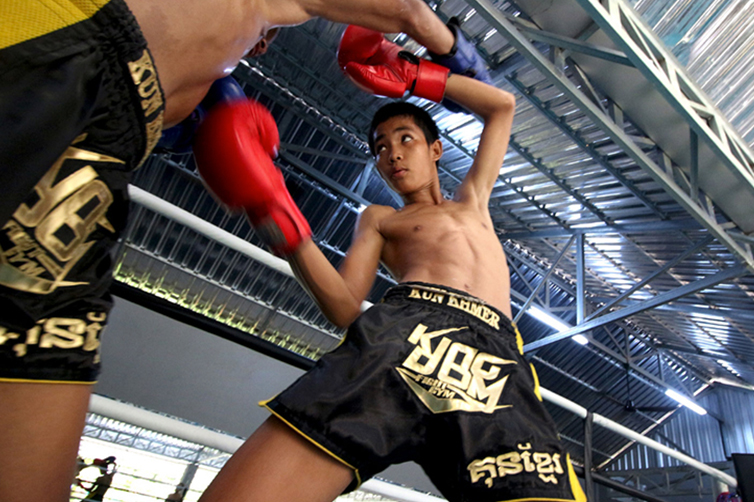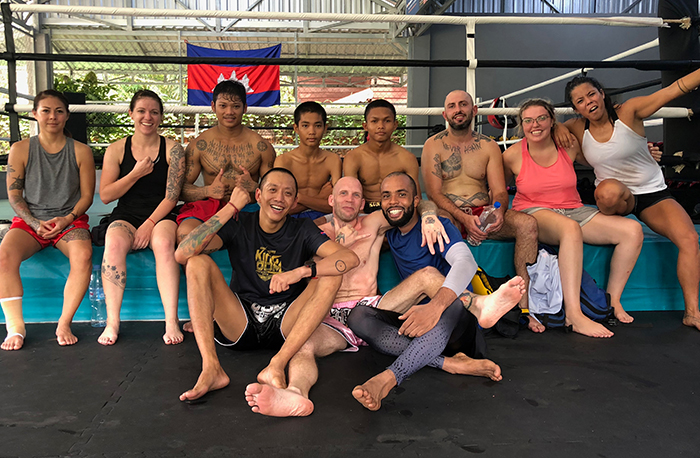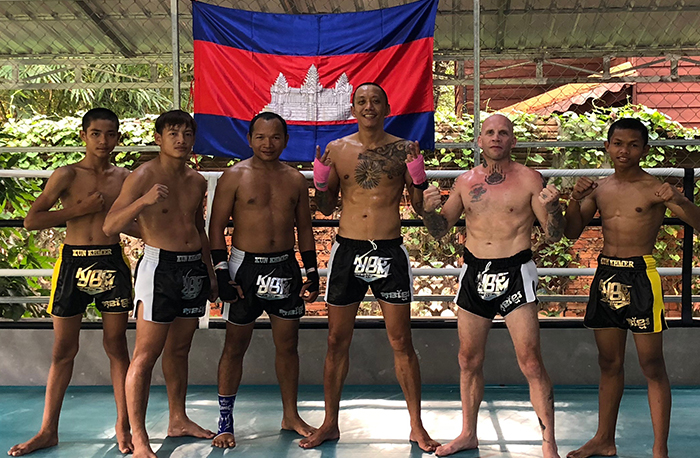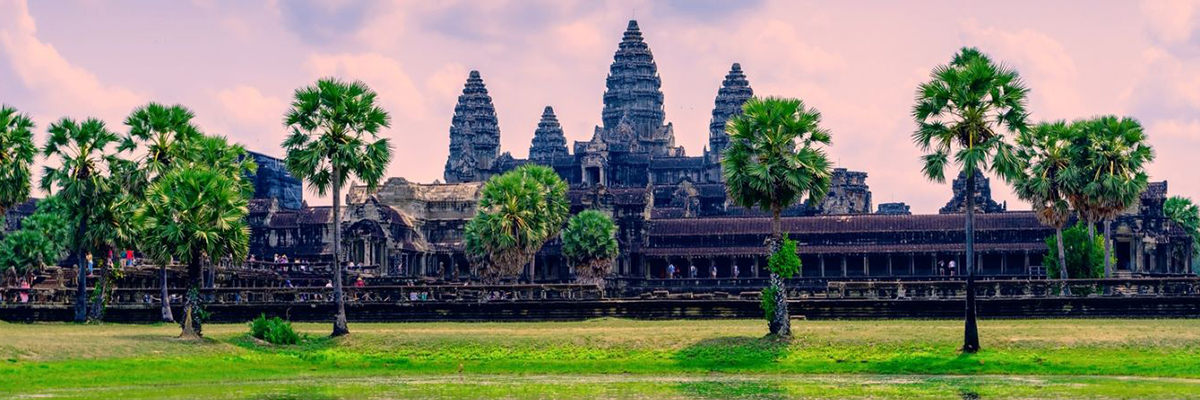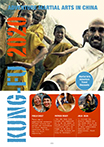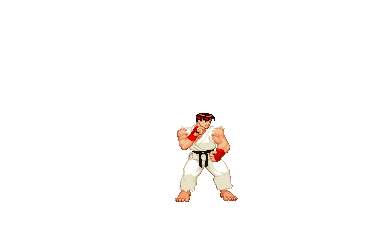Training Camp
Morning Sessions (8am-10am or 9:15am-11:15am)
Afternoon Session (2:30pm-4:30pm)
• 2-hour training sessions, twice a day (one-time on Saturday)
• Training from Mondays to Saturdays
• 6 or 13 nights’ accommodation
• Daily breakfast
Angkor Archaeological Park
Angkor Archaeological Park, is one of the largest religious and historical complexes in the world, both buddhism and hinduism are represented here. The temples vary in style and age from the 9th to 13th century. All these temples were built by the kings of the once great Khmer Empire.
The Angkor Archaeological Park is breathtaking, and is a principal draw for anyone visiting Cambodia. You can visit these temples by local tuk tuk, motorbike or even fly past them in a hot air balloon. For this tour the best local tuk tuk drivers and guides will take you to the main temples were you will be able to take wonderful photographic opportunities.
Here the monuments and the surrounding jungle afford unlimited textural and lighting opportunities for composing the perfect picture.
Kompong Khleang, Tonle Sap
Is one of the largest floating village communities on the Tonlé Sap, Kompong Khleang (កំពង់ឃ្លាំង) it is more of a town than the other villages, and comes complete with several ornate pagodas. Most of the houses here are built on towering stilts to allow for a dramatic change in water level. There is only a small floating community on the lake, but the stilted town is an interesting place to explore. Fewer tourists visit here compared with the floating villages closer to Siem Reap, this is a reason to visit in itself. The village is relative untouched and pertains its authenticity, which makes for a non-touristy experience. Kompong Khleang is one of the most beautiful. Travel here and gawk in awe as there are not just houses but also schools and pagodas floating above the water. The village moves in unison with the current depending on which season the lake is in.
Tonle Sap is directly translated into ‘large river’, yet it is more commonly referred to as the Great Lake. Occupying the floodplain in the lower Mekong basin, Tonle Sap is comprised of a river 120 km in length connected to the Mekong river and a freshwater lake of the same name, which is flooded on a seasonal basis. Tonle Sap, has the highest concentrated biodiversity in many regions, and was chosen as UNESCO Biosphere Reserve in 1997. Located South of Siem Reap, it is also home to a great number of species, roughly 300, including fish, birds and vegetation. Part of the Great Lake is dedicated to the Preak Toal Bird Sanctuary.
Phnom Kulen National Park
Is a playground for locals, Phnom Kulen (literally Mountain of the Lychees). This will be a gorgeous day out for relaxation and sightseeing. The main attraction is the waterfalls at the top of Kulen Mountain, and it’s also a great picnic spot; well set up in Cambodian style with hammocks and shelters to keep you shaded from the sun.
Phnom Kulen National Park is a very sacred site with multiple temples easily accessible. Two sites most noted are the Thousand Lingas at Kbal Spean, within the Kulen National Park site and Preah Ang Thom pagoda with its giant reclining Buddha. The area is a magnet to “kru khmer” (natural medicine doctors), and it attracts people seeking blessings from its holy waters, particularly the potent life-giving waters at Kbal Spean, that are said to help couples conceive.
Kingdom Fight Gym
Kingdom Fight Gym aims to restore the ancient fighting art of Kun Khmer. At Kingdom Fight Gym you can learn this ancient martial art from the Khmer Empire. The Gym offers Kun Khmer (Khmer Boxing) intensive training camps which include two 2 hour long classes per day. In addition to that it also offers group classes for kids and adults, Private training with experienced coaches (active and retired fighters, local and foreigners).
Kingdom Fight Gym, Siem Reap is run by Mark van Dongen and Kwok-Leung Tsang. Their aim was to create a social, cultural sports centre that partners with the local population and existing, sustainable organisations in Cambodia and Netherlands in order to contribute to the lives of Cambodian youth. The Gym provides them with a place to learn mutual respect, how to defend themselves, connect to their culture, gain self-confidence and develop as a well rounded individual.
Siem Reap
During the 20th century, Siem Reap 'Thailand Destroyed' grew from being a small village into a vibrant city catering to tourists visiting Angkor Wat. In the city you will find a variety of cuisine, accommodation options, shopping, and adventure activities from motorbike tours, to hot air ballon rides.
In Siem Reap there are a number of distinct shopping, drinking and eating areas. In the south of the city there is the central shopping and restaurant area next to Phsar Chas (old market). This area comes to life after sunset. The area is filled with bars, massage spas, and restaurants. The busiest and most popular place in the city after dark for backpackers and party goers is Pub Street.
Pub Street
Pub Street is 100m long stretch of pubs and nightclubs stretching from the Red Piano Restaurant to the Banana Leaf Restaurant. Two of the biggest clubs on the street are the Temple Club and Angkor What? And if you're hungry you'll find local food, western favourites and even insect snacks that can be washed down with 50 cent draught beers.
If you'd prefer to rub shoulders with the locals a night out at Khmer Pub Street or a visit to the Siem Reap Container Bars would be great alternative option. Located just off of Charles De Gaulle and the Tara Angkor Hotel you'll find a plaza made entirely of cargo containers and over 20 container bars. Towards the front of the plaza is a huge stage, where performers sing every weekend. This is a Siem Reap must see attraction.
Phare Circus
More than just a circus, Phare performers use theater, music, dance and modern circus arts to tell uniquely Cambodian stories; historical, folk and modern. The young circus artists will astonish you with their energy, emotion, enthusiasm and talent. Phare artists are students and graduates from Phare Ponleu Selpak’s vocational training center in Battambang.
The association was formed in 1994 by 9 young men coming home from a refugee camp after the Khmer Rouge regime. They were greatly helped during that time by an art teacher using drawing classes as therapy and wanted to share this new skill among the poor, socially deprived and troubled youngsters in Battambang.
They founded an art school and public school followed to offer free education. A music school and theatre school were next and finally, for the kids who wanted more, the circus school.
Today more than 1,200 pupils attend the public school daily and 500 attend the alternative schools. Phare Ponleu Selpak also has extensive outreach programs, trying to help with the problems highlighted in their own tales. Phare The Cambodian Circus offers these students and graduates somewhere to hone their skills and a place to earn a decent wage. Money that will take them out of poverty and give them self-respect and freedom.
